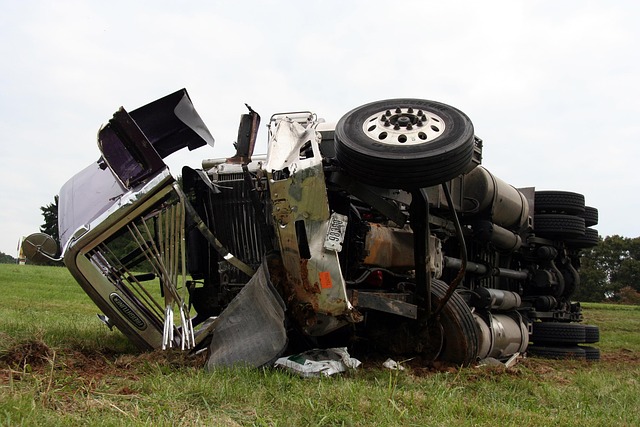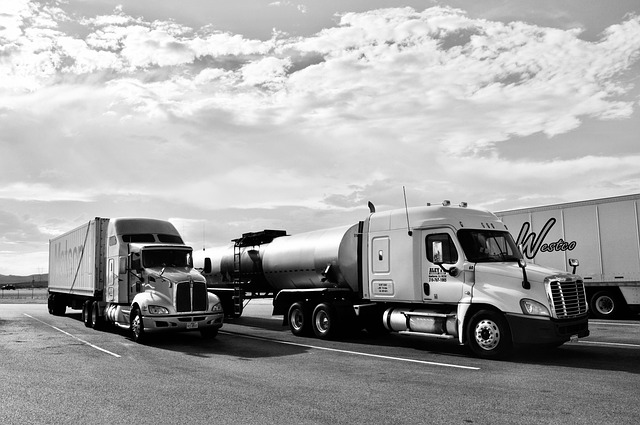Registering a car in California involves understanding specific requirements and undergoing a crucial step known as VIN (Vehicle Identification Number) verification. This comprehensive guide walks you through the process, from gathering essential documents to completing registration. Learn how to navigate the steps involved in VIN verification, ensuring a smooth experience. By following these instructions, you’ll be on your way to legally registering your vehicle in California efficiently.
- Understanding the Requirements for Car Registration in California
- Gather Necessary Documents for VIN Verification
- The VIN Verification Process: Step-by-Step Guide
- After VIN Verification: Completing Your Vehicle Registration
- Common Issues and How to Resolve Them During Registration
Understanding the Requirements for Car Registration in California

Before registering your car in California, it’s crucial to understand the requirements for car registration. The process involves several steps and crucial documents, with one key element being VIN verification. This involves a thorough inspection of your vehicle’s unique Vehicle Identification Number (VIN) to ensure its authenticity and history. In California, you’ll need to provide evidence of this vin inspection as part of the registration application.
A mobile vin inspection or mobile vin verifier can be a convenient option in California, allowing for on-site checks that save time and effort. This service ensures your vehicle’s VIN is accurate and doesn’t match any known frauds or stolen vehicles, playing a vital role in the registration process. Remember to gather all necessary documents, including proof of ownership, insurance, and any emissions test results required for your specific vehicle type.
Gather Necessary Documents for VIN Verification

To initiate the car registration process in California, you’ll need to gather several key documents for VIN (Vehicle Identification Number) verification. This step is crucial as it ensures the vehicle’s authenticity and history are accurately checked. First, obtain your vehicle’s registration certificate or title from the previous owner if you’re buying a used car. The DMV (Department of Motor Vehicles) in California requires this document to prove ownership. Additionally, gather important insurance documents, including proof of auto insurance and any relevant coverage details.
Next, collect identification documents for yourself and the previous owner, such as valid driver’s licenses or state-issued IDs. These are essential for verifying your identity and that of the previous owner during the VIN verification process. Consider using a mobile vin inspection or mobile vin verifier service to streamline this step. These services can perform the necessary checks quickly and efficiently, often at your convenience, by visiting your location with specialized equipment.
The VIN Verification Process: Step-by-Step Guide

The VIN (Vehicle Identification Number) verification process is a crucial step when registering your car in California. It ensures that the vehicle matches the details on its registration documents and helps prevent fraud. Here’s a step-by-step guide to help you navigate this process efficiently.
First, locate your car’s VIN, usually found on a sticker or etched into the dashboard. Then, visit the California Department of Motor Vehicles (DMV) website, which offers various services online, including VIN verification. Input your VIN and follow the prompts. The system will cross-reference your vehicle’s data with its records. If all information aligns, you can proceed with registration. However, if discrepancies are found, you may need to arrange for a vin inspection or provide additional documentation. Alternatively, consider using a mobile vin verifier for a quick and convenient on-the-go check before visiting the DMV.
After VIN Verification: Completing Your Vehicle Registration

After successfully completing the VIN verification process, which is a crucial step in registering your car in California, you’ll move on to the final stages of registration. This involves filling out the necessary paperwork and providing essential documents to the California Department of Motor Vehicles (DMV). You’ll need to submit an Application for Title and Registration, along with proof of insurance, identification, and payment for the registration fees.
A key aspect at this stage is ensuring all information on your vehicle’s title and registration is accurate, as any discrepancies may delay the process. Some consumers opt for a mobile vin verifier or conduct a mobile vin inspection to streamline this process, allowing them to verify their vehicle’s history quickly before submitting their application.
Common Issues and How to Resolve Them During Registration

When registering a car in California, one often encounters common issues that can delay the process. A frequent hurdle is ensuring accurate and up-to-date vehicle identification number (VIN) verification. This step is crucial for establishing ownership and authenticating the vehicle’s history. If you face challenges with VIN verification, consider using a mobile vin verifier or performing a mobile vin inspection to resolve any discrepancies promptly. These services offer convenient, on-demand solutions that streamline the registration process by providing instant data validation.
Another common snag involves outdated or incomplete documentation. Keeping comprehensive records, including proof of insurance, vehicle maintenance logs, and previous ownership details, can expedite the registration process. Using a mobile vin verifier for initial checks ensures you address any documentation gaps early on, avoiding further delays. This proactive approach simplifies registration by minimizing back-and-forth communication with California Department of Motor Vehicles (DMV) officials.
Registering a car in California involves understanding specific requirements, gathering essential documents, and successfully completing the VIN verification process. By following the step-by-step guide provided and addressing potential issues, you’ll be on your way to securing your vehicle’s registration. Remember, accurate documentation and timely actions are key to a smooth registration experience. After all, a properly registered vehicle ensures legal compliance and peace of mind while on California’s roads.
